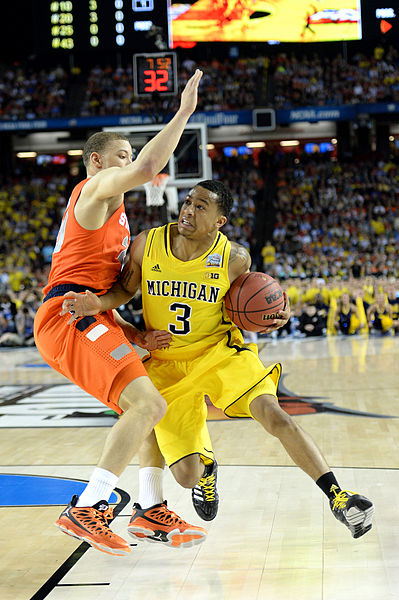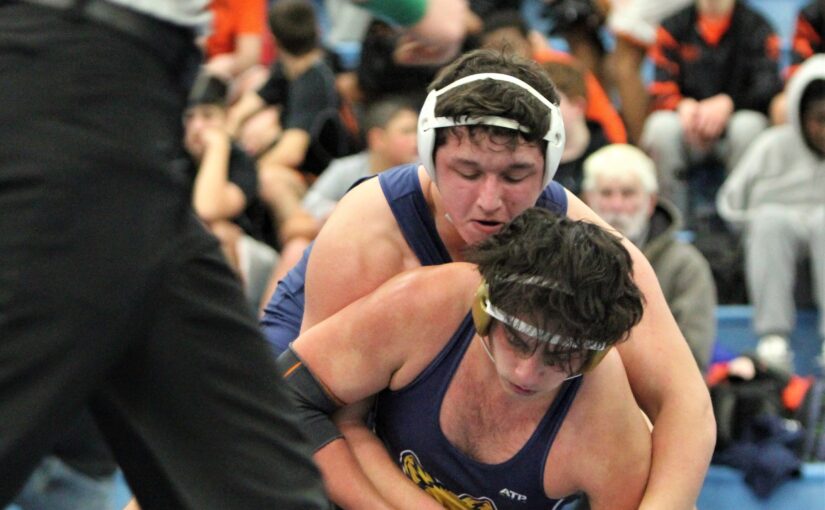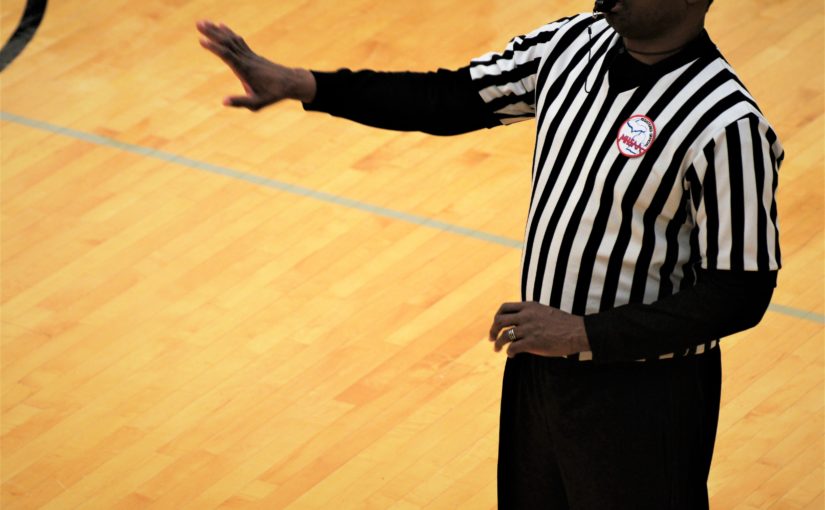More games means it’s time to pay college athletes
The year 1972 was a watershed one for the NCAA. While most remember it for the introduction of Title IX and gender equality within collegiate athletics, current NCAA President Mark Emmert harkened back to 1972 recently when insisting he’s not in favor of a pay-to-play system but merely wants to reintroduce a stipend that existed for college athletes until 1972.

The Division I Board of Directors, with Emmert’s backing, approved a measure in late October that allows conferences to vote on paying student-athletes up to $2,000 to cover the full cost of attendance.
Leave it to the NCAA to look to 1972 to solve a 2011 problem.More games now
In 1972, the UCLA men’s basketball team, coached by John Wooden, finished the season a perfect 30-0. In 2011, the University of Connecticut men’s hoops squad, which wasn’t as perfect, went on a late-season surge to win the NCAA Tournament and finished the year 32-9. The Huskies played 11 more games to accomplish the same goal as the 1972 Bruins.
Connecticut athletes not only took to the hardwood for one-third more games than did that historic Bruins squad, but their schedule also included a five-game-in-five-day stretch to claim the Big East Tournament title. In 1972, UCLA routinely played on back-to-back nights but then typically had six days off.
In 1972, the University of Southern California football capped a perfect season with a Rose Bowl victory. The Trojans played a total of 12 games.
In 2010, Auburn University won the BCS National Championship Game to cap a perfect season — one in which the Tigers played 14 games.
Auburn’s football players battled through an additional 120 minutes on the gridiron than did their 1972 peers.
Injury risk elevated
In professional sports, player unions represent the athletes and negotiate things like increases in the number of games played. College athletes don’t have anyone like that advocating for them.
Sure, more games equals more revenue for schools, but they also equal more injuries for players.
The National Athletic Trainers’ Association (NATA) released a report in its Journal of Athletic Training in 2007 summarizing 16 years of NCAA injury surveillance data for 15 sports. Football had the highest game injury rate with 35.9 injuries in 1,000 athlete exposures. (Injuries are defined as an incident requiring medical attention and resulting in at least one day of time lost. “Athlete exposures” are defined as one athlete participating in one game or practice.) Currently, there are 120 FBS-level (formerly Division I) football teams.
It’s easy to see how more injuries are going to arise when adding games to the schedule. And, more games means more practices. Interestingly, the practice injury rate in the study showed spring football practice is the most dangerous (9.6 injuries per 1,000 athlete exposures).
Teams now showcase their spring practices on television. Nebraska Athletic Director Tom Osborne told The Associated Press in 2011 that the school generates $800,000 in revenue from the spring game alone.
For basketball players, the injury rate isn’t as high (a game injury rate of 9.9 per 1,000 athlete exposures), but with an additional 10 games per year being played in contrast to their counterparts from 1972, and 345 colleges playing Division I basketball, it’s safe to say these athletes are putting their bodies in harms way more often now.
Sure, as tuition rates rise, a full scholarship technically equates to more dollars today than in 1972 but a free education is worth the same (the diploma doesn’t change) throughout generations. As practices mount and the number of games increases, is anyone asking about the potential cost of additional exposure to injury for the athletes? I’d have to think it’s more than the $2,000 being suggested.
TV money to supplement
One of the strongest arguments against paying college athletes is that smaller schools have less funds from which to pay and are at a marked competitive recruiting disadvantage.
Of course, the NCAA signed a $10.8-billion contract in 2010 with CBS and Turner to broadcast the men’s basketball tournament. In 2008, ESPN inked a contract to televise four BCS games (ABC already had a contract for the Rose Bowl) at a cost of $125 million annually.
Are you telling me some of that money couldn’t be diverted to a fund to compensate athletes?
A full college scholarship is a commodity, but the reality is athletes are sacrificing more now than ever before. And they need to be compensated accordingly.





